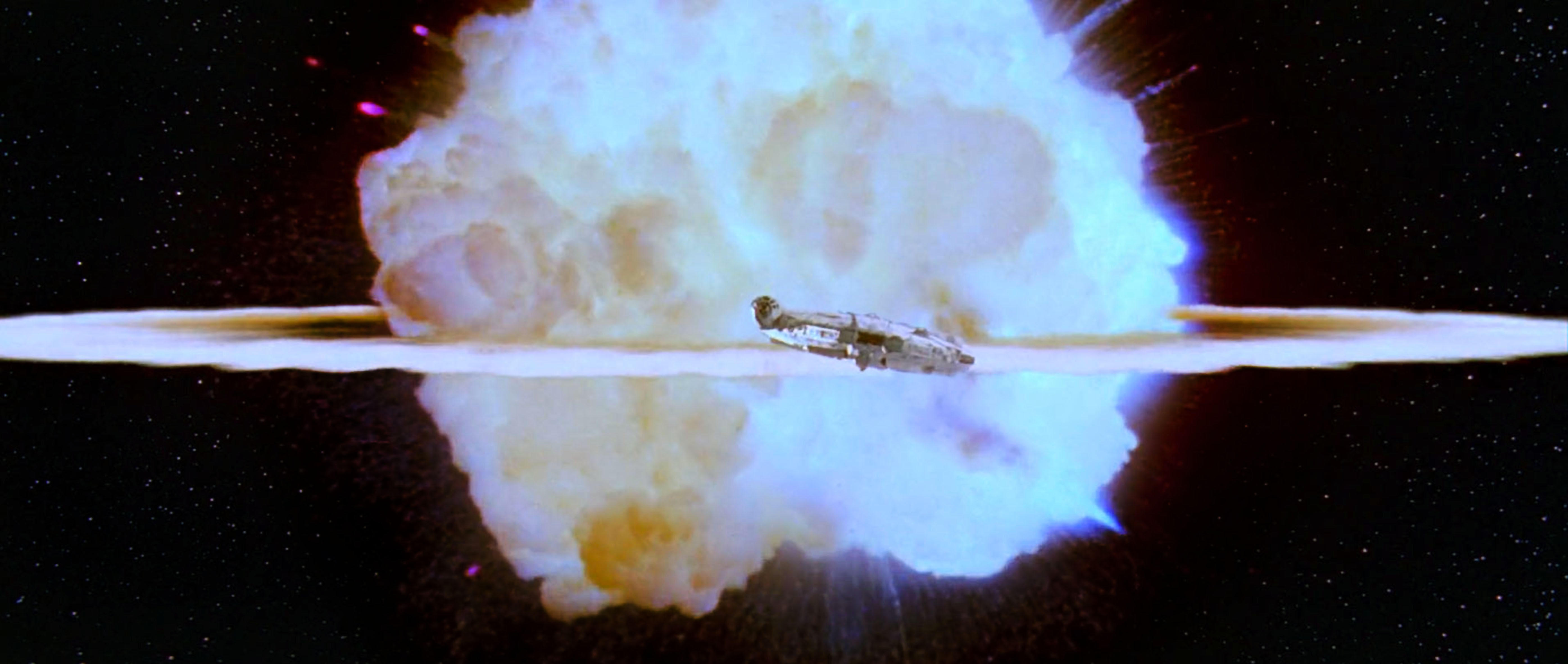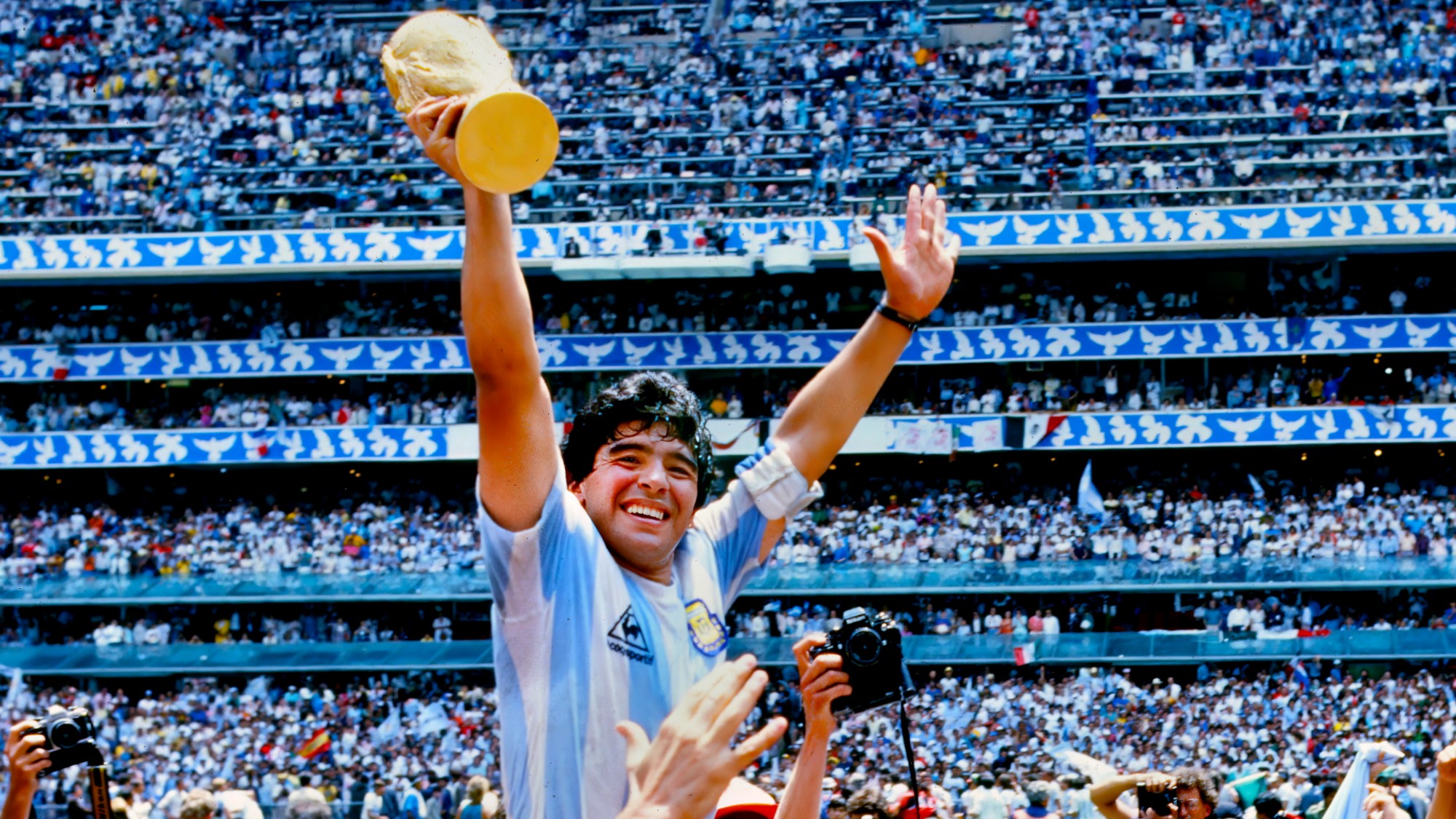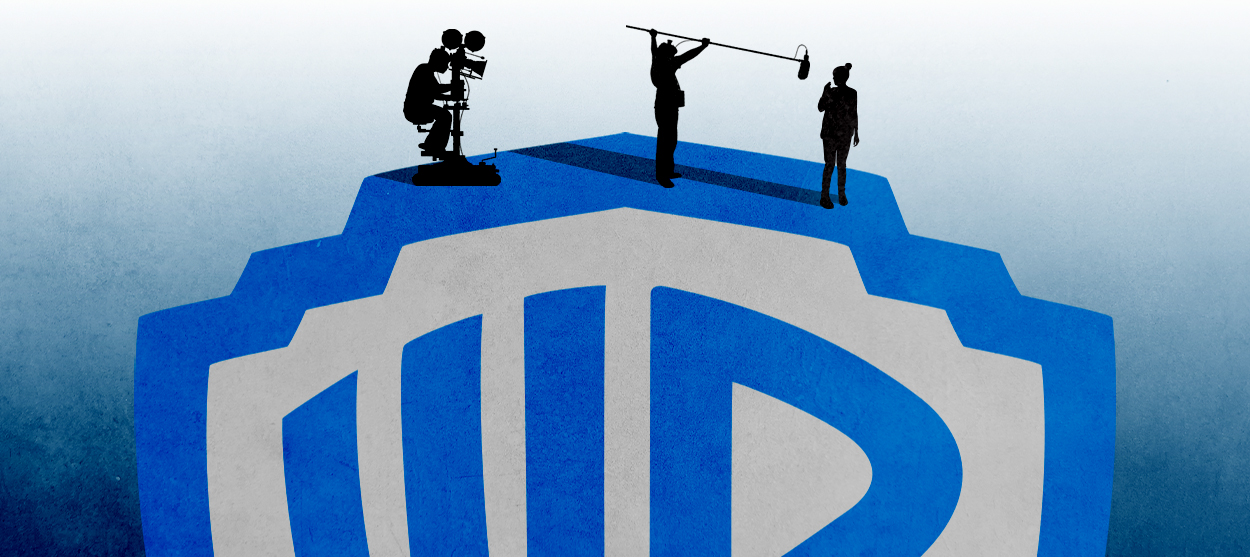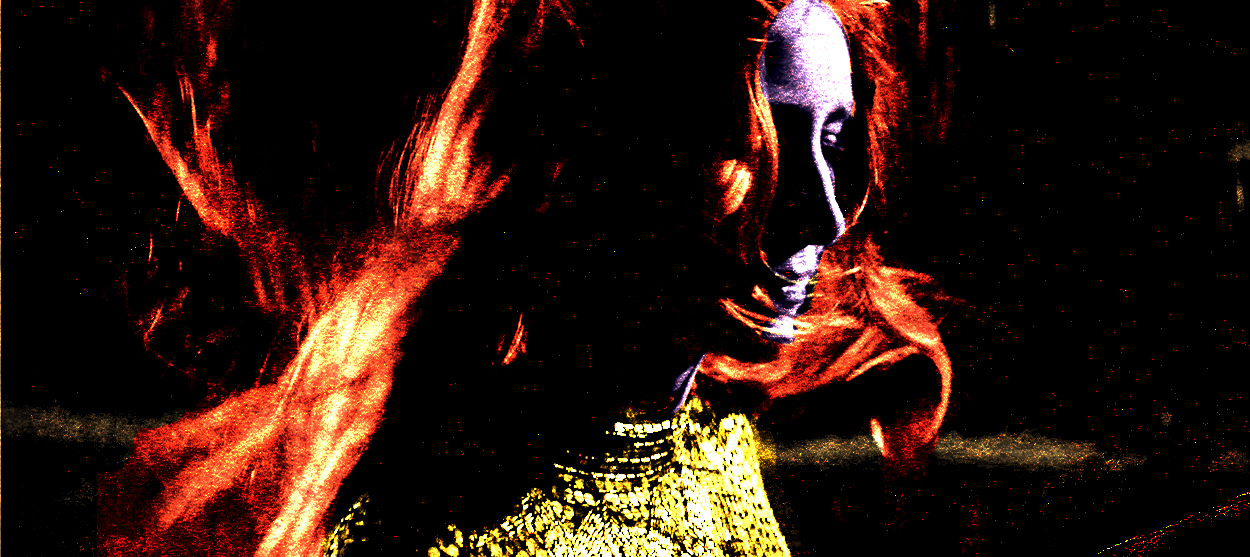Star Wars and the unfortunate ubiquity of the Final Climactic Explosion
For the love of the Force, don't let The Last Jedi end with a bang


The Last Jedi, the ninth film in the Star Wars franchise, opens this Friday, and early reviews have been glowing. While I haven't yet seen it, my fondest hope for the film has been that it doesn't end, like many of its predecessors, with a gigantic explosion. As a member of Generation X, I have a deep and profound attachment to the entire saga, but I've also come to realize that the destruction of the Death Star back in 1977 was one of the worst things to happen to movies in recent decades.
Not that anyone felt that way at the time, of course. When Luke's torpedoes dropped into that exhaust port (don't ask why they made a 90 degree turn — seriously, just don't) and the Death Star exploded in an epic fireball, everyone jumped out of their seats to cheer. But since then, as special effects have developed and Hollywood convinced itself that blockbusters had to have great, big, destructive climaxes, we've seen film after film, including many of the Star Wars films, in which there's a large battle that ends in a great big explosion, which too often fails to provide the kind of emotional satisfaction it's meant to.
The original Death Star's destruction was such a crowd-pleaser that when it came time to make Return of the Jedi, George Lucas apparently said, "Why don't we just blow up another Death Star? And when he made the abominable Phantom Menace, he said, "How about we blow up a gigantic spaceship at the end?" And when J.J. Abrams made The Force Awakens, he seems to have said, "Why don't we blow up something that's kind of like a Death Star?
The Week
Escape your echo chamber. Get the facts behind the news, plus analysis from multiple perspectives.

Sign up for The Week's Free Newsletters
From our morning news briefing to a weekly Good News Newsletter, get the best of The Week delivered directly to your inbox.
From our morning news briefing to a weekly Good News Newsletter, get the best of The Week delivered directly to your inbox.
Enough already.
It's no accident that the Star Wars movie universally acknowledged to be the best of the eight that have been released so far — The Empire Strikes Back — is one of the only ones that ends without a huge set-piece battle culminating in a ginormous kaboom. There's a lightsaber fight, between Luke and Darth Vader, but who's going to get his hand lopped off is never really the point (and in Star Wars, sooner or later just about everyone gets a hand lopped off). The revelation that Vader is Luke's father — in other words, an explosive development in the relationship of the characters, not a literal explosion — is what makes the ending so powerful.
There's a saying in the screenwriting craft that what you have to do to give your script punch is "raise the stakes." A movie about whether a guy is going to have peanut butter or egg salad for lunch won't be very interesting — unless his choice of sandwich determines the fate of the world! Of course, one of the reasons science fiction is such a durably popular genre is that we like seeing big, heroic stories on screen, just as your grandparents enjoyed a Cecil B. DeMille epic.
But by now we've pretty much gone as far as we can go with on-screen destruction. Computer-generated effects are so good today that there are very few things left that can't be duplicated in completely realistic detail, which makes it tempting for filmmakers to keep tickling that part of the brain that thrills to seeing stuff get blown to bits.
A free daily email with the biggest news stories of the day – and the best features from TheWeek.com
Ironically enough, the better the effects get, the less interesting their use becomes, since we've now seen it so often that it doesn't move us. Forty years ago when Star Wars was released, we could still be wowed. The special effects — especially the Death Star's end — were positively mind-blowing, parsecs past anything that had been seen before, even though they were mostly done with scale models. Once CGI was developed, one initially difficult challenge after another — rendering hair, rendering water, creating lifelike animals — was met and overcome as computers became more powerful and the software became more sophisticated. So by now, we've just about lost our capacity to have our minds blown. Yet for some reason, Hollywood keeps making disaster movies like Geostorm, in which threadbare plots are strung across a whole lot of CGI cataclysm.
Yes, it's true that people inexplicably keep paying money to see soulless Transformer movies. But while we can be impressed by creative use of effects that makes incremental progress in what we thought was possible, there's really only one special effects challenge that hasn't been met: the final leap over the uncanny valley, after which a computer-generated human face will be indistinguishable from a real one. But between here and there, it often feels like the movie industry just wants to show us more notable objects being obliterated.
Now let's be clear: I'm not saying there shouldn't be big battle scenes in a Star Wars movie. Of course there should be! Part of what makes Star Wars compelling is its grand scale, all the different worlds and creatures and ships and droids (and lightsabers — nothing is more important than lightsabers). But the gigantic, climactic battle, particularly one in which something very large is blown up, has just about crossed over into the realm of cliché.
None of the information that has been released so far about The Last Jedi suggests it ends this way. Which is a gigantic relief — and a lesson for those who will write and direct the next 50 movies in the series, or how ever long it will last.
Paul Waldman is a senior writer with The American Prospect magazine and a blogger for The Washington Post. His writing has appeared in dozens of newspapers, magazines, and web sites, and he is the author or co-author of four books on media and politics.
-
 Trump’s Ukraine peace talks advance amid leaked call
Trump’s Ukraine peace talks advance amid leaked callSpeed Read Trump’s envoy Steve Witkoff is set to visit Russia next week
-
 The Week contest: Pickleball protest
The Week contest: Pickleball protestPuzzles and Quizzes
-
 Five years after his death, Diego Maradona’s family demand justice
Five years after his death, Diego Maradona’s family demand justiceIn the Spotlight Argentine football legend’s medical team accused of negligent homicide and will stand trial – again – next year
-
 Walter Isaacson's 'Elon Musk' can 'scarcely contain its subject'
Walter Isaacson's 'Elon Musk' can 'scarcely contain its subject'The latest biography on the elusive tech mogul is causing a stir among critics
-
 Welcome to the new TheWeek.com!
Welcome to the new TheWeek.com!The Explainer Please allow us to reintroduce ourselves
-
 The Oscars finale was a heartless disaster
The Oscars finale was a heartless disasterThe Explainer A calculated attempt at emotional manipulation goes very wrong
-
 Most awkward awards show ever?
Most awkward awards show ever?The Explainer The best, worst, and most shocking moments from a chaotic Golden Globes
-
 The possible silver lining to the Warner Bros. deal
The possible silver lining to the Warner Bros. dealThe Explainer Could what's terrible for theaters be good for creators?
-
 Jeffrey Wright is the new 'narrator voice'
Jeffrey Wright is the new 'narrator voice'The Explainer Move over, Sam Elliott and Morgan Freeman
-
 This week's literary events are the biggest award shows of 2020
This week's literary events are the biggest award shows of 2020feature So long, Oscar. Hello, Booker.
-
 What She Dies Tomorrow can teach us about our unshakable obsession with mortality
What She Dies Tomorrow can teach us about our unshakable obsession with mortalityThe Explainer This film isn't about the pandemic. But it can help viewers confront their fears about death.
